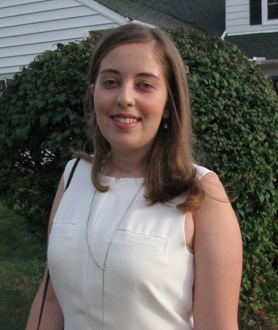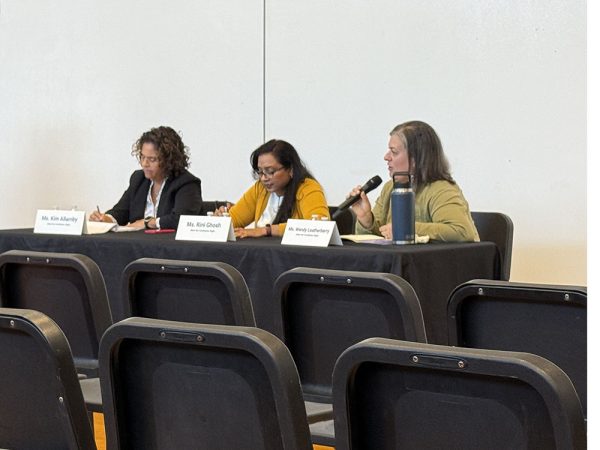Beachwood Students Get Three More Days Off for Severe Weather
Will the state allow for more?
The school’s courtyards are full of snow.
Beachwood students enjoyed three days off this week due to severe weather, making for a total of five inclement weather days so far this year.
According to Superintendent Dr. Richard Markwardt, we are now out of days.
“The state currently allows five,” he wrote in an email.
Governor John Kasich has proposed legislation to increase to nine the number of allowable severe weather days that districts can use this year.
A severe arctic blast has brought Cleveland temperatures into a deep freeze. In fact, severe weather has impacted most of the country. Schools and businesses from the high plains to the deep south have been affected.
Markwardt explained his motivation for closing schools this week.
“Monday I closed due to the timing of the snow fall in the early mornings along with road conditions and white-outs in Cuyahoga and surrounding counties,” he wrote. “The last two were sub-zero temps and excessive wind chills.”
The weather in Cleveland has been hard to predict in recent years. According to Rich Exner of The Plain Dealer, last winter was one of the warmest ever in Cleveland.
“The average high temperature was 36.4 degrees (fahrenheit),” he wrote. “(That is the) 27th warmest (temperature) over the last half century.”
This year has seen a dramatic change. In the first full week of January, Beachwood experienced freezing temperatures, going as low as -10 degrees fahrenheit, according to the accuweather website.
These temperatures caused Markwardt and superintendents of neighboring districts to call off school, extending winter break by two days.
This week, Beachwood City Schools were called off for three more days because of temperatures as low as -6 degrees fahrenheit.
“The primary factor is simply the safety of students and staff,” Markwardt wrote. “Snow storms and/or extreme freezing temperatures [are] the two biggest factors considered in this regard.”
Why is it so cold?
According to Jennifer Francis, a research professor at Rutgers University, global warming may play a part in what scientists are calling a “polar vortex.”
“The arctic is heating faster than the rest of the world, hurried along by the disappearance of polar sea ice,” she wrote. “Arctic temperatures are about 2 degrees celsius warmer there than they were in the mid-1960s. In other words, the temperature difference between the Arctic and North America is shrinking.”
Francis explains that this is one reason why the jet stream is switching its borders between the cold and warm air.
“(Global warming is) one factor causing wobbliness is the jet stream, the west-east current that circles the Northern Hemisphere,” she wrote. “Normally, that river of air keeps low-pressure cold air contained above the Arctic and holds higher-pressure warm air above the temperate regions, where most people live. (The jet stream is taking) these big swings north and south and that’s causing unusual weather to occur in a number of places around the Northern Hemisphere.”
Frigid temperatures are not foreign to this part of Cleveland, but with temperatures still way below freezing, Beachwood students must prepare for the rest of this long winter.
As Markwardt wrote… “We shall see.”

Senior Dalia Zullig had been the Online Editor-in-Chief for three years and is now the Editor-in-Chief. She enjoys writing features the most and runs...







![“My parents have always said that education is important. My parents are Chinese immigrants, I'm Chinese American, [and that's a] value that has always been ingrained in our community,” said Senior Lyndia Zheng, pictured with Tony Zheng](https://bcomber.org/wp-content/uploads/2025/10/DSC_4244-600x400.jpg)


